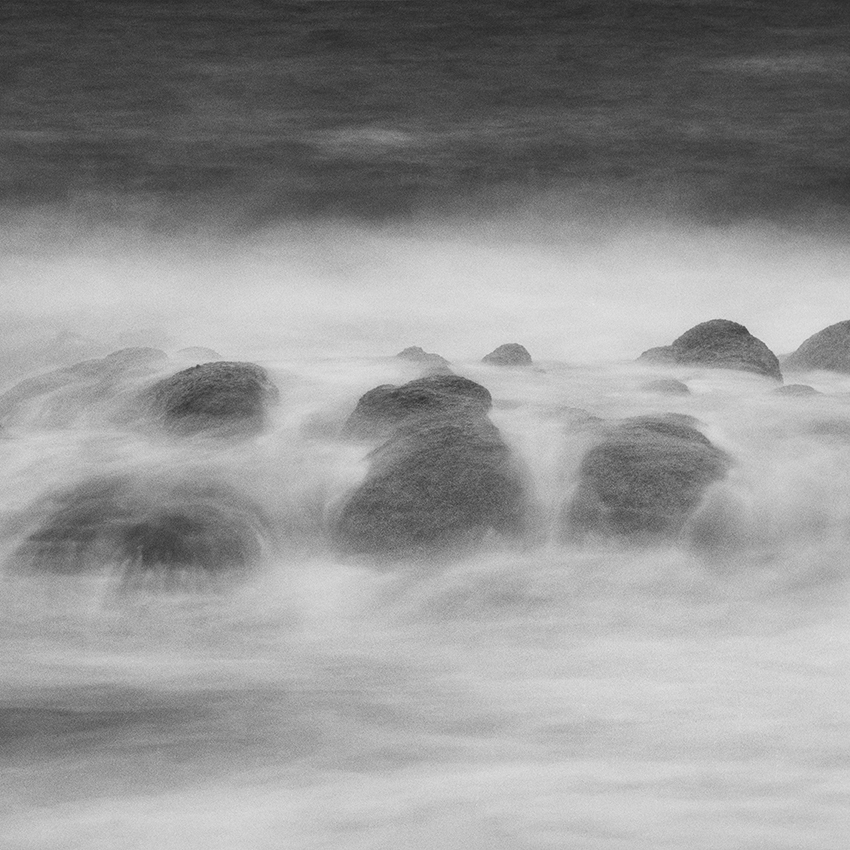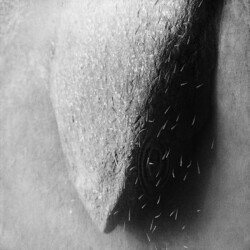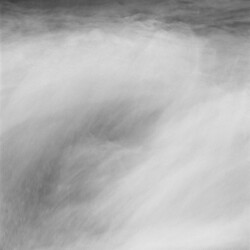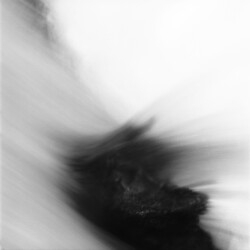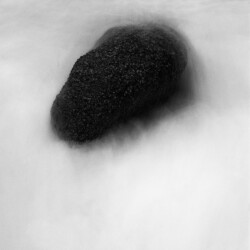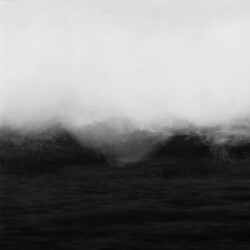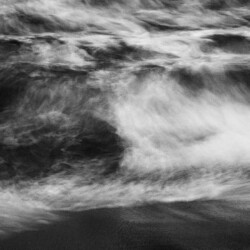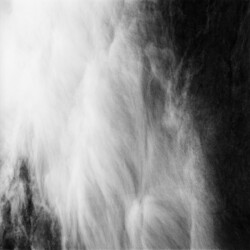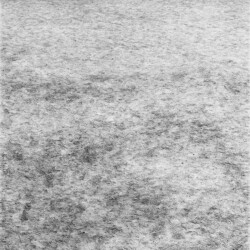GOYO 2023
Nothingness and anamnesis are not denials of the subjective and objective movement and stillness of everyday life, but rather the nature of life itself. No-movement. In its true form, all dharmas are inherently still, without movement.
We should not have statuesque (相) and normal (靜相) because movement and stillness, stillness and movement, are the true nature of reality. I am all that is simultaneously still in motion and still in motion. Therefore, strictly speaking, it can neither be called immobile nor enemy. This immortality, this immobility, is what we are here and now. This is what we call “intrinsic stillness”.
The Purification Monk, from The Dharma Crab



